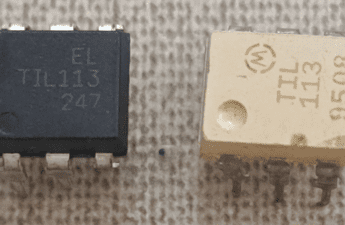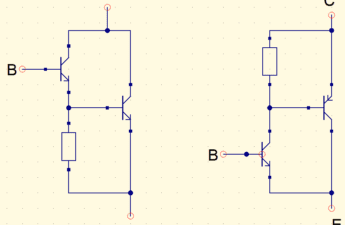In this post are shown theorems of superposition, Thévenin and Norton. Only DC circuits with resistors are used as examples.
Superposition theorem
Before to know Thévenin and Norton, is necessary to learn this theorem. It is useful to analyze circuits with many voltage and current sources. In this method, voltage source can be replaced by short-circuits and a current source can be replaced by an open circuit.

Example
How to use this theorem? Let’s use this circuit as example. We have to calculate the voltage in current source I1.

Step 1: Calculate the desired value with only 1 source. Let’s short-circuit voltage sources and analyze only with current sources. If you wish, you can start with one of voltage sources and put current in open circuit.

Step 2: Find the desired voltage value in step 1 circuit. It is 16 V.

Step 3: Analyze the circuit with another source and calculate result.


Step 4: The same of step 3, but with other source.


Step 5: Algebraic sum of results from steps 2, 3 and 4.
16-3,33-2=10,67 V
Thévenin theorem
This theorem is very useful to simplify complex circuits to facilitate analysis and apply other theorems. Any circuit can be replaced by equivalents voltage source and resistance.

Procedure to apply this theorem.
Step 1: Define which part of circuit must get Thévenin equivalent. This part must have two terminals.
Step 2: Remove any component between these terminals which are not part of circuit to obtain Thévenin equivalent.
Step 3: Find Thévenin’s equivalent resistance, transform all voltage sources in short-circuit and current sources in open circuit.
Step 4: Restore sources in original positions. Calculate voltages between terminals of equivalent circuit and make step 2 again. This is Thévenin voltage.
Example
This circuit will be the example.

Steps 1 and 2: We must obtain Thévenin equivalent in this part of circuit.

Step 3: Calculating Thévenin’s equivalent resistance R_{Th}.

\frac{5600\cdot 2200}{5600+2200}=1579,48 \Omega
1579,48+3300=4879,48\Omega
\frac{4879,48\cdot 6800}{4879,48+6800}=2840,91\Omega
R_{Th}=2840,91+1200=4040,91\Omega
Step 4: Calculate Thévenin voltage V_{Th}. In this case is equal to 9.73 V.


This is the Thévenin equivalent circuit.

Norton Theorem
In this theorem, obtain equivalent resistance is the same method of Thévenin. An option is convert Thévenin equivalent circuit in Norton simply using source conversion method shown in “Circuit analysis (Part 1)”.

I_{N}=\frac{V_{Th}}{R}
Where I_{N} is Norton current and R is equivalent resistance equal to both Thévenin and Norton.
Other option is repeat steps 1, 2 and 3, which are the same of previous method. But in step 4, must calculate Norton current In, which is a short-circuit current in terminals of equivalent circuit.

Example
This is example circuit, we have to calculate Norton current which passes through RL.

To find Norton current, RL must be replaced by short-circuit and calculate In current.

Norton current is 5 A.

The equivalent circuit of example above.





It’s so nice to read your posts. i wish i knew how to write like that i was looking for exactly this another excellent article.
Your website is amazing congratulations, visit mine too:
https://strelato.com
.
Ihave fun with, lead to I discovered just what I used tto
be looking for. You’ve ended my 4 daay lengthy hunt!
God Bless you man. Have a great day. Bye https://Waste-Ndc.pro/community/profile/tressa79906983/